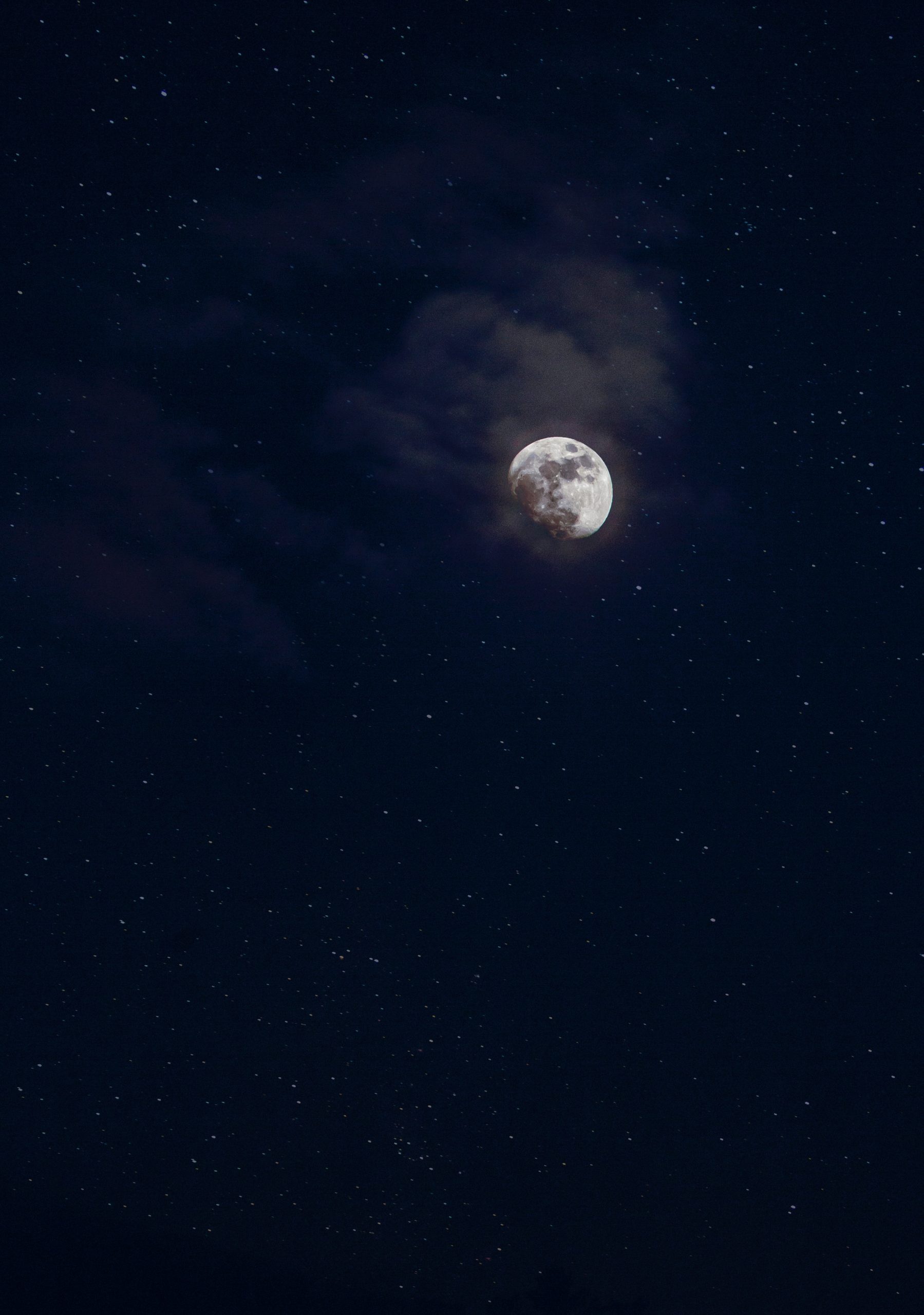How Are Solar and Lunar Eclipses Different?
When it comes to celestial events, few phenomena capture our imagination quite like eclipses do. These captivating events occur when the Earth, Moon, and Sun align in intricate ways, casting their shadows upon one another. There are two main types of eclipses that occur – solar and lunar – each with its own unique characteristics and visual spectacle. In this article, we will explore the differences between solar and lunar eclipses and shed some light on these awe-inspiring events.
The Solar Eclipse
A solar eclipse occurs when the Moon passes between the Earth and the Sun, obscuring a portion or all of the Sun from the view of an observer on Earth. This phenomenon can only happen during a new moon phase when the Sun and Moon are perfectly aligned.
There are three main types of solar eclipses:
- Total Solar Eclipse: In a total solar eclipse, the Moon aligns perfectly with the Sun, completely covering its disk. This creates a surreal scene where the Sun’s outer atmosphere, known as the corona, becomes visible as a faint halo around the Moon. Total solar eclipses are relatively rare and can only be witnessed within a narrow path on Earth.
- Partial Solar Eclipse: During a partial solar eclipse, the Moon partially covers the Sun’s disk, resulting in a visible crescent shape. This type of eclipse occurs when the observer is situated outside the path of the Moon’s umbra, which is the region of complete darkness produced by the Moon’s shadow.
- Annular Solar Eclipse: An annular solar eclipse happens when the Moon appears smaller relative to the Sun, resulting in a “ring of fire” effect. This occurs because the Moon is at its farthest point from Earth during its orbit, making it seem too small to completely cover the Sun’s disk. As a result, a thin, fiery ring of sunlight remains visible around the Moon.
Solar eclipses are mesmerizing events, often drawing crowds of eager spectators to certain parts of the world in hopes of catching a glimpse of this unique celestial spectacle. However, it is crucial to remember that observing a solar eclipse directly without proper eye protection can cause severe eye damage or even blindness. Specialized solar viewing glasses or other approved protective gears should always be used when witnessing a solar eclipse.
The Lunar Eclipse
Unlike solar eclipses, lunar eclipses occur when the Earth is positioned between the Sun and the Moon, causing the Moon to enter the Earth’s shadow. In contrast to the solar eclipse, lunar eclipses can be observed from anywhere on Earth where the Moon is visible at the time of the event.
There are three main types of lunar eclipses:
- Total Lunar Eclipse: During a total lunar eclipse, the Moon passes entirely into the Earth’s umbral shadow, resulting in a dramatic transformation of its appearance. The Moon often turns a deep red or rusty hue, earning it the nickname “blood moon.” This captivating phenomenon occurs because, despite being in the shadow, some sunlight manages to reach and bend around the Earth, creating this unique effect.
- Partial Lunar Eclipse: In a partial lunar eclipse, only a portion of the Moon enters the Earth’s umbral shadow. As a result, only a fraction of the Moon’s surface is darkened, and the rest remains illuminated.
- Penumbral Lunar Eclipse: A penumbral lunar eclipse occurs when the Moon passes through the Earth’s penumbra, the outer region of its shadow where only a partial reduction in brightness occurs. During this type of eclipse, the Moon appears slightly dimmer but does not experience a significant change in color or apparent size.
Lunar eclipses are often less well-known than their solar counterparts, but they provide a stunning spectacle for skywatchers. The visibility of a lunar eclipse depends on several factors, including the Earth’s atmosphere and the presence of clouds, as well as the total duration of the event. One of the advantages of lunar eclipses is that they can be observed without any specialized eye protection, as they do not produce the intense brightness associated with solar eclipses.
Conclusion
Solar and lunar eclipses are magnificent celestial events that showcase the intricate dance between the Earth, Moon, and Sun. While solar eclipses captivate us with their ethereal beauty and the rare opportunity to witness the Sun’s corona, lunar eclipses offer a chance to observe our nearest celestial neighbor undergoing a striking color transformation. Whether it’s the mysterious alignment of the new moon during a solar eclipse or the awe-inspiring passage of the Moon through Earth’s shadow during a lunar eclipse, these events remind us of the wonders of our universe.
So, the next time you hear about an eclipse occurring, take a moment to pause, set up your telescope or camera, and immerse yourself in this celestial show that reminds us of the countless marvels awaiting us beyond our earthly borders.
Table of Contents
